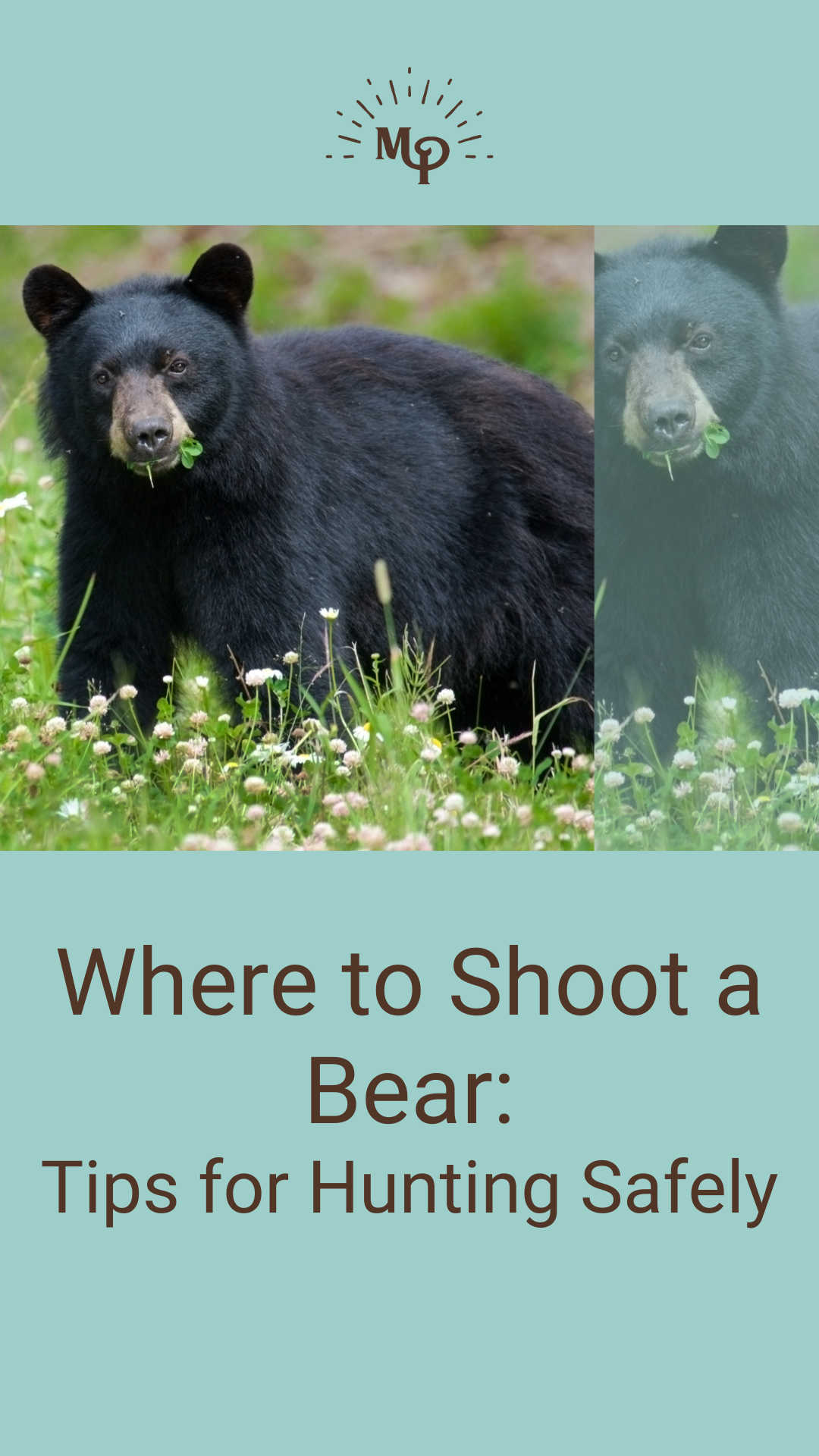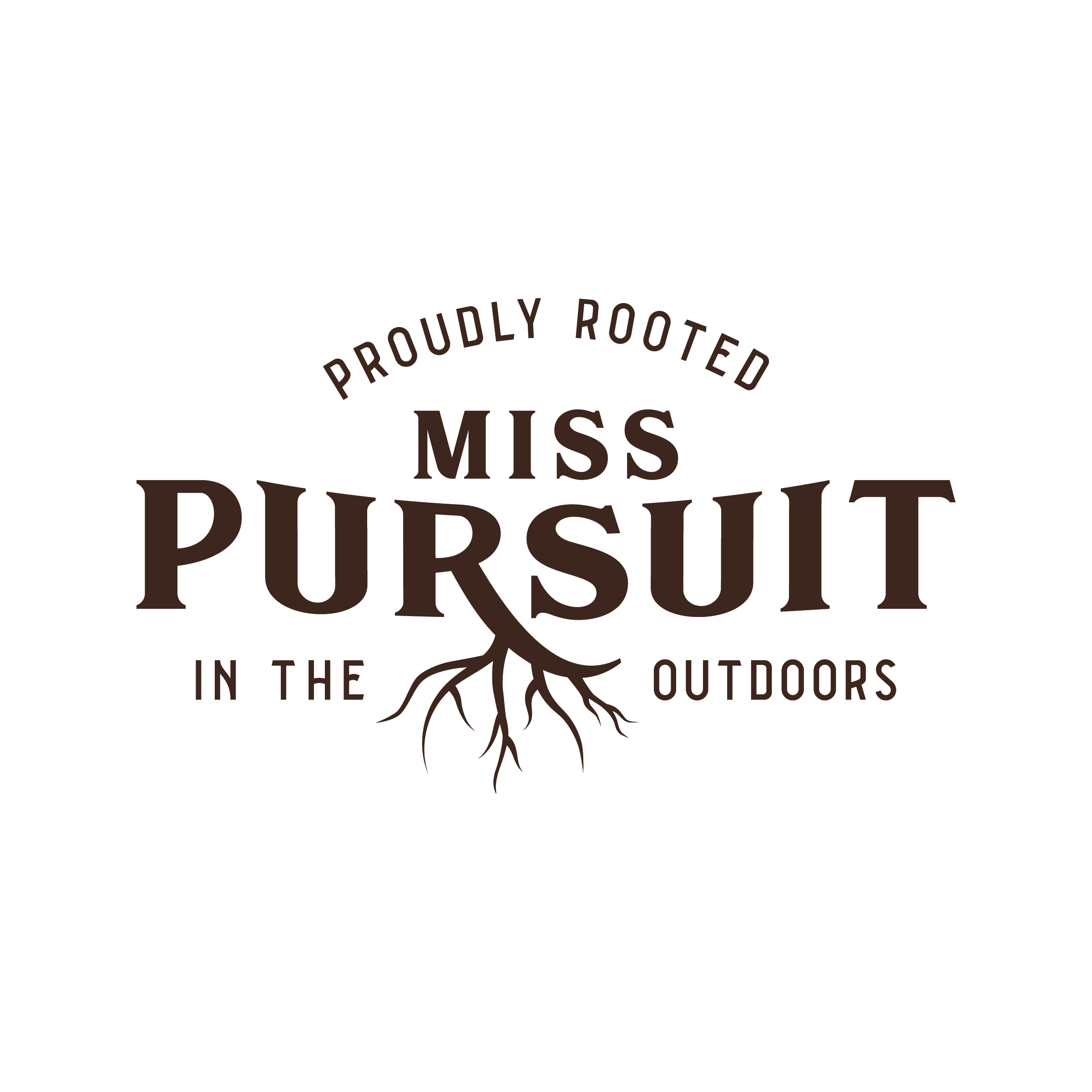When it comes to hunting bears, knowing where to aim is crucial. Not only is it important for a successful and ethical hunt, but it's also a matter of safety. A poorly placed shot can result in a wounded and dangerous animal, putting both the hunter and others in the area at risk.

The ideal shot placement for a bear depends on several factors, including the size of the bear, the distance from the hunter, and the angle of the shot. Generally, the goal is to hit the vital organs, which include the heart and lungs. However, the exact location of these organs can vary slightly depending on the bear's posture and angle.
In this article, we'll discuss the different shot placements for hunting bears and provide tips for ensuring a clean and humane kill. Whether you're a seasoned bear hunter or a beginner, understanding where to shoot a bear is essential for a safe and successful hunt.
Understanding Bear Anatomy

As hunters, it is crucial to have a solid understanding of bear anatomy before heading out into the field. This knowledge will help us make quick and ethical kills, ensuring that the animal does not suffer unnecessarily. In this section, we will cover the vital organs of a bear, shot placement, and differences between bear species.
Vital Organs and Shot Placement

The vital organs of a bear are located in the chest and abdominal cavity. A shot to this area is the most effective way to bring down a bear quickly. However, it is important to note that bears have a thick layer of fat and fur, which can sometimes absorb bullets and arrows. Therefore, it is important to aim for the soft skin behind the shoulder blade, where the lungs and heart are located.
Download Now: Beginner's Guide to Cooking Bear Meat
When taking a shot, it is important to consider the angle of the bear. A broadside shot is the most ideal, as it presents the largest target area and allows for the most effective shot placement. A quartering-away shot can also be effective, as it allows for a shot to the vitals while avoiding the shoulder blade.
Differences Between Bear Species
It is important to note that there are several species of bears, each with their own unique anatomy. For example, black bears have a more slender build than grizzly bears, and their rib bones are more delicate. Polar bears, on the other hand, have a thick layer of blubber that can make it difficult to penetrate the vital organs.
When hunting different species of bears, it is important to take these differences into account and adjust shot placement accordingly. It is also important to note that hunting regulations may vary depending on the species and location, so be sure to check with local authorities before heading out into the field.
Read More: Black Bear Hunting Gear Checklist (with Printable)
In conclusion, understanding bear anatomy is crucial for ethical and effective hunting. By knowing the location of vital organs and differences between species, we can make quick and humane kills, ensuring that the animal does not suffer unnecessarily.
Equipment and Preparation

Practicing for the Perfect Shot
Before heading out into the field, it's important to practice our aim and technique. We recommend visiting an archery range or setting up our own range to practice with our bow and arrow. This will help us become more comfortable and accurate with our equipment, which is essential for making a clean and ethical kill.
When practicing, it's important to focus on shot placement. We want to aim for the bear's vital organs, such as the heart and lungs, to increase our chances of a quick and humane kill. It's also important to practice shooting from different angles and distances, as we never know what kind of shot we may need to take in the field.
Overall, practicing our technique is a key component of successful bear hunting. By taking the time to prepare properly, we can increase our chances of a safe and successful hunt.
Download Now: Beginner's Guide to Cooking Bear Meat
Shot Placement Strategies
When it comes to hunting bears, shot placement is crucial for a quick and ethical kill. In this section, we will discuss two important aspects of shot placement: aiming and positioning.
Aiming for Quick and Ethical Kills
The middle of the middle is the ideal shot placement for bears. This means aiming for the center of the chest, right behind the front legs. A lung shot is the most effective way to take down a bear as it causes massive internal bleeding and limits their ability to run away.
If the bear is standing broadside, aim for the front shoulder. This shot placement will penetrate the lungs and heart, ensuring a quick and ethical kill. A pass-through shot is preferred as it creates an exit wound, making it easier to track the bear.
For a double lung shot, aim for the back of the ribcage. This shot placement ensures both lungs are hit, causing the bear to quickly lose consciousness and collapse. An entrance and exit wound is ideal for this shot placement.
Positioning and Angles
Understanding bear anatomy is crucial for shot placement and angle. When the bear is quartering away, aim for the back of the ribcage, just behind the front leg. This shot placement will penetrate both lungs and the heart, ensuring a quick and ethical kill.
For a bear shot towards the front section of the gut, aim for the shoulder. This shot placement will penetrate the lungs and heart, causing the bear to quickly lose consciousness and collapse.
Defining shadows can help determine the bear's position and angle. It is important to position yourself for the best shot possible. A broadside shot is ideal as it presents the largest target area.
In conclusion, shot placement and angle are crucial for a quick and ethical kill. Remember to aim for the middle of the middle or the front shoulder for the most effective shot placement. Always position yourself for the best shot possible and understand bear anatomy to ensure a successful hunt.
Post-Shot Actions
Tracking and Blood Trailing
Once we have taken the shot, it's important to remain calm and focused. We need to keep our eyes on the bear and watch the direction it runs. It's important to wait at least 30 minutes before tracking the bear. Rushing in too soon could cause the bear to become agitated and dangerous.
When we begin tracking the bear, we need to look for signs of blood. A blood trail can tell us a lot about the bear's condition and where it's headed. We should mark the blood trail with flagging tape or other markers to help us keep track of it.
Patience is key when tracking a wounded bear. We need to take our time and follow the blood trail carefully. It's important to stay alert and be ready for any sudden movements from the bear. We should keep our firearms ready and be prepared to take another shot if necessary.
When tracking a bear, we should use controlled expansion bullets to minimize the risk of over-penetration. These bullets are designed to expand upon impact, which reduces the risk of the bullet passing through the bear and hitting something else.
In summary, tracking a wounded bear requires patience, focus, and careful attention to detail. By following the blood trail and remaining alert, we can safely and effectively track and recover our bear.
Frequently Asked Questions
What's the most effective spot to aim at when hunting bears?
When it comes to bear hunting, the most effective spot to aim for is the heart and lungs area. This is because a shot in this area will cause the bear to quickly lose consciousness and die. It's important to note that it's illegal to shoot a bear in the head or neck in most states, so be sure to aim for the heart and lungs area.
Can you tell me the safest angle to take a shot at a bear?
The safest angle to take a shot at a bear is from a distance and at a downward angle. This will ensure that the bullet travels through the bear's body and does not ricochet off its thick hide. It's also important to make sure there are no other hunters or people in the area when taking a shot.
Hey, what's the lowdown on the ideal range for bear hunting?
The ideal range for bear hunting is between 50 and 100 yards. This is because it's a safe distance that allows for an accurate shot while still giving the hunter enough time to react if the bear charges.
What's the deal with using different calibers for bear hunting?
Different calibers are used for bear hunting depending on the size of the bear and the hunting conditions. A .308 or .30-06 caliber rifle is suitable for black bears, while a .300 Winchester Magnum or .338 Winchester Magnum is recommended for grizzly and brown bears.
Is there a go-to season for bear hunting when it's easier to aim?
The best season for bear hunting is in the spring when the bears are coming out of hibernation and are more active. This is also the time when they are more likely to be feeding on fresh vegetation and are easier to locate.
Any tips on tracking a bear before taking a shot?
Before taking a shot, it's important to track the bear and observe its behavior. Look for signs such as tracks, scat, and claw marks on trees. Pay attention to the wind direction and try to approach the bear from downwind. It's also important to make noise while tracking to avoid surprising the bear.
